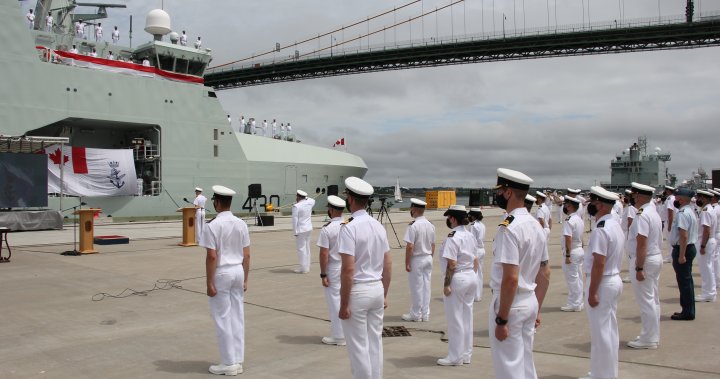IIRC, Underway, the National Strategy called for, when the winners were announced, delivery of ALL contracted vessels within 30 years. The winners were announced end of 2011, so final delivery would be 2041/42. At one ship a year, subtract 15 from 41 and you get first delivery in 2026.
As for the age of the current ships, it was not the combat systems and weapons that bother me: its the capability to even deploy, and what you are telling me is that the deterioration of the basic hull and its fixtures has already started. Will we have to wait for the Halifax's to start falling apart as the Iroquois did before? I don't believe the HAL's can last much longer than another ten years. As ships age, they get to point where no one, not the engineers, not the navarcs, not even professional hull surveyors can tell you or predict what will let go next. How can you get into a fight with ships like that? That was all I was driving at.
And SKT, the US Navy is not short of DD. If they were, they would be pushing congress to appropriate more - and they would get it as these are vote getters - but they are not: DDg's are coming out at a steady rate that could be increased if need be. What the USN is short of is ships for the lower end tasks. These were supposed to be covered by the Littoral ships, but they turned out to be a bust, which is why the USN is now pursuing the acquisition of frigates. In short, I think the USN would have no problem with providing Canada 6 of its ten year old Arleigh Burke and slightly increase the production tempo of more recent brand new ones for a couple of years to make it up.




